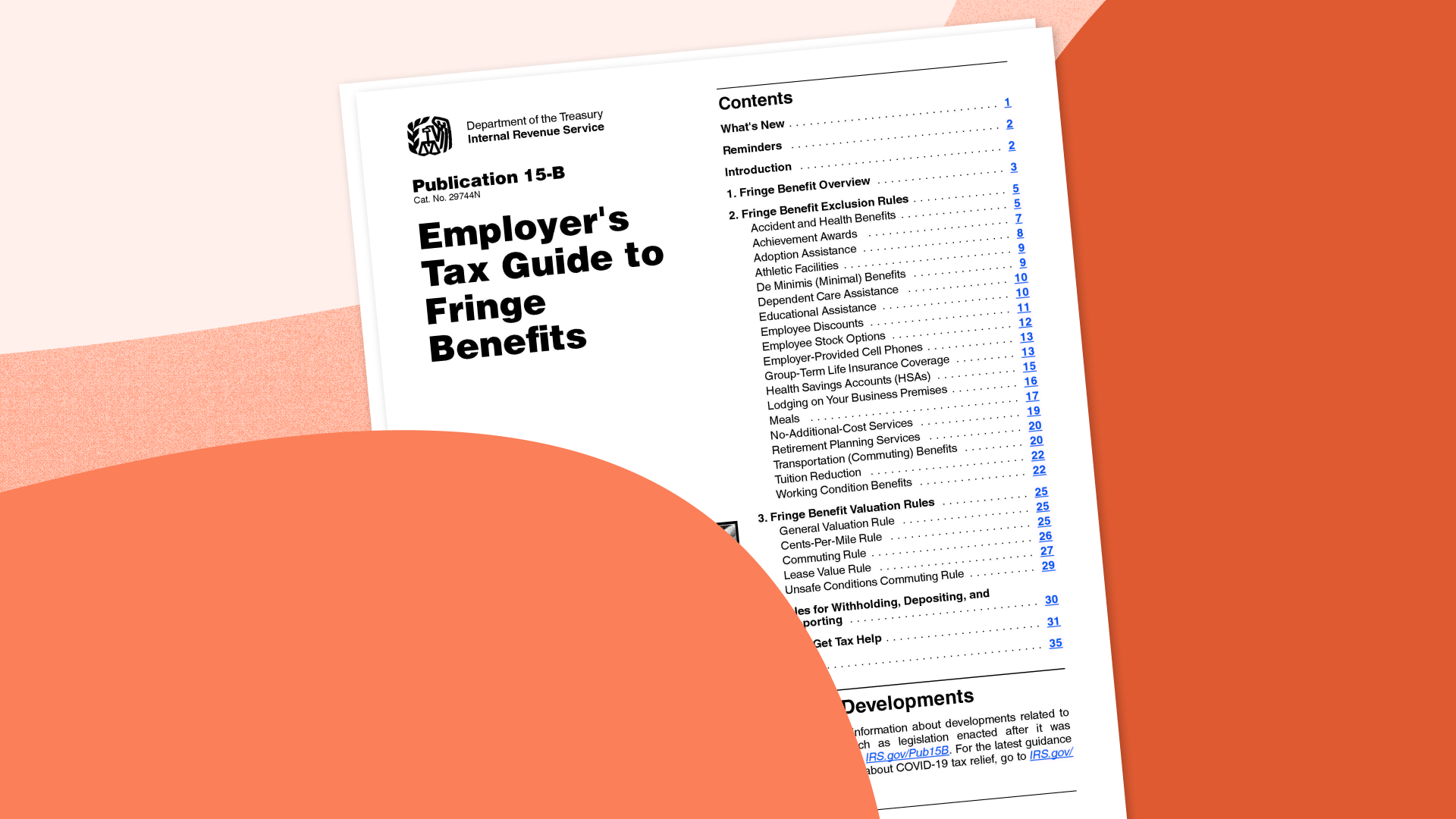Plan Strategically, Execute Effectively
Leverage AI to Enhance Productivity
Modernize Your Policies and Procedures
Big Change Starts Small
Happy New Year! Crossing over to a new year is always a great time for reflection on what we should do to make the new year better. While we often consider the usual resolutions – like hitting the gym or cutting back on the sweets – we should use this time to also reassess our professional habits.
In this article, we'll explore some great tips and tools to step up our accounting game not only for this year, but also in the years to come. Let’s dive in!
Plan Strategically, Execute Effectively
To be more efficient and resilient this year, you will need to think like an executive, and implement like a manager. In other words, you'll need to understand the bigger picture and identify practical ways to bring it to reality, while taking into consideration your current resources and limitations.
Here are 3 tips you should consider:
1. Develop a Strategic Mindset
Learn about current financial trends and how they could impact your role and your organization. This can be achieved by subscribing to newsletters, attending industry conferences and networking with other professionals. The goal here is for you to broaden your perspective so that you can better understand the 'Why' behind certain business decisions and come up with the 'How' for the accounting function to effectively support them.
2. Reflect on your day-to-day operations
Start identifying which tasks you are doing simply because 'it was always done this way.' Then, check which areas you currently are, or could be, most vulnerable in, whether due to loss of institutional knowledge or regulatory compliance issues. This will help you spot inefficiencies and areas that need your attention the most, so you don't lose your sanity over nonsense.
3. Create Comprehensive Roadmaps
Combine what needs to be revamped and eliminated with your current reporting and compliance requirements to come up with a plan that makes sense for everyone involved. Change fatigue is real, and the last thing you need in 2024 is to set yourself up for burnout.
Leverage AI to Enhance Productivity
Even with the right mindset and plans, there is only so much time in a day to get things done.
That’s why we should leverage technology as an ally to elevate our performance. Artificial Intelligence is proving itself to be quite helpful in that regard.
Here are 3 ways you should explore leveraging AI to better serve you this year:
1. Improve Your Communications with AI Writing Assistants
AI software like Grammarly or Hemingway can help improve the clarity and effectiveness of your everyday written communications.
If you're interested in elevating your personal brand through thought leadership, tools such as ChatGPT, Jasper, and Copy.ai can help you with social media posts and marketing emails.
2. Create More Efficiencies with AI-Integrated Tools
Research and prioritize AI-enhanced software that integrates seamlessly with your existing systems. This will help you:
Get the most out of your current and future integrations
Implement systems that are scalable and adaptable to your business growth
Provide better analytics and insights as routine tasks are being automated
Accounting solutions like Xero and QuickBooks already have built-in AI capabilities that they keep improving. Plus, they are adding more AI tools to their marketplace, thereby making their ecosystem and any other software within it more attractive.
3. Optimize Your Day with Intelligent Scheduling
Check out AI-driven scheduling tools like Motion, ClickUp AI and Reclaim AI. These can help manage your calendar, set up meetings, and optimize your schedule based on your work habits, priorities, and deadlines.
Modernize Your Policies and Procedures
Let’s leave boring accounting policies and procedures manuals in 2023. We need to move forward with documentation that is easy to understand and digest for:
Visual and auditory learners
Accounting and non-accounting people
New hires and transitioning professionals
Clients, suppliers, and everyone in between
Modern policies and procedures should include visual roadmaps, checklists, links to explainer videos, and more detailed explanations of certain concepts or acronyms.
If you make this part of your resolution list, you will be able to bring people up to speed faster while staying on top of your compliance requirements, amidst staff turnover and business disruptions.
While this may sound like a huge endeavor, here are 3 steps to get you started:
1. Start with the bigger picture
Let’s say you are trying to revamp your expense reporting process manual.
After the opening paragraph or policy description of the existing documentation, insert a visual showing the end-to-end process at a higher level using a tool like Microsoft SmartArt or Lucidchart.
2. Add short video instructions
To take it a step further, you could add a video tutorial explaining a critical step in the process that is often missed or done wrong.
It doesn't have to be anything fancy. Simply record a Zoom session by yourself or with another teammate, share your screen, and narrate the whole process. Then, you can save video in the same area where the related policy is saved, or insert a link to it in the policy.
It's a technique that served me well when I had staff members going on extended leave and we did not have much time to spend in 1:1 meetings and documenting procedures.
The key is to be intentional and start small.
3. Don’t reinvent the wheel
If you are working with software providers that have extensive knowledge hubs, videos and other resources, embed them in your documentations as well. It always helps to give people direct access to the source and learn best practices.
For example, Justworks offers a robust Help Center that provides customers with step-by-step guides for every corner of their platform. They also share extra resources — like checklists, articles, email reminders, and more — around important annual milestones, such as end-of-year planning and health insurance renewals.
Big Change Starts Small
And that's a wrap! As you tick off items from your to-do list, keep these tips in mind. Do not try to do it all at once. Making small, consistent changes will add up over time. Whether it's adopting new AI tools or revamping your policies, each step is a move toward smoother processes. Here's to a successful year in all your accounting endeavors!
Learn more with Justworks’ Resources
Scale your business and build your team — no matter which way it grows. Access the tools, perks, and resources to help you stay compliant and grow in all 50 states.








